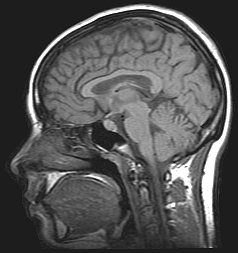MONDAY, 9 AUGUST 2010
Denise C. Park and Chih-Mao Huang have reported growing evidence that cultural difference between Westerners and East Asians has led to differences in attention, categorisation and reasoning through effect on neural function and neuroanatomy Perspectives on Psychological Science 5, no. 4 (2010): 391-400.' target='_blank' rel='noopener noreferrer'>[1]. Facial information also seems to be processed differently: when shown human faces, East Asians focussed more on the central region of the faces while Westerners looked more broadly, focusing on both the eyes and the mouth.A recent MRI study also suggests cultural values affect brain structure. Westerners appear to have a thicker frontal cortex (areas involved in reasoning) whereas East Asians had a thicker cortex in perceptual areas. The evidence is limited, however, as the data is collected from two groups who differ in many systematic ways beyond cultural values.
"This research is an important domain for understanding the malleability of the human brain," Park and Huang conclude, "and how differences in values and social milieus sculpt the brain's structure and function."
The study is published in the July edition of Perspectives on Psychological Science.
Written by Katy Wei

